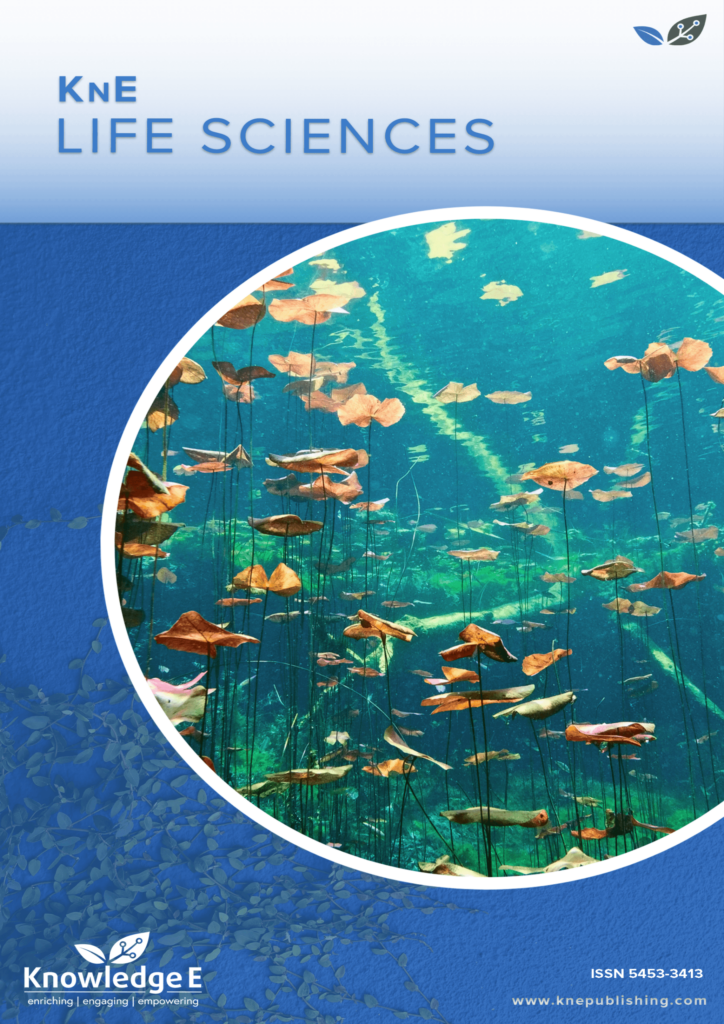
KnE Life Sciences
ISSN: 2413-0877
The latest conference proceedings on life sciences, medicine and pharmacology.
Solar Driven Photocatalytic Fuel Cells: an Environmentally Friendly Innovation of Power Plant Technology as Energy Source
Published date:Sep 11 2017
Journal Title: KnE Life Sciences
Issue title: International Conference on Natural Resources and Life Sciences (NRLS-2016)
Pages:75-80
Authors:
Abstract:
Nowadays, the demand of energy in Indonesia is still dominated by fossil fuel. In 2013, fossil fuel contributed 94.3 % of the total energy. Production of fossil fuel or conventional energy sources such as coal, oil, and gas that are widely used to fulfill the energy needs in the world has been decreasing very significantly. One of energy supply problems resulting from the deficiency of fossil fuel energy is unequal distribution of electricity in areas of Indonesia. To overcome the energy supply issues, hence hydrogen can be used as energy supplier because it has been proven to be potential and prospective alternative energy source. The hydrogen resulted from water electrolysis can be used as the main component of fuel cells technology. Fuel cells technology is a kind of renewable energy that is clean and safe. It also has high energy efficiency. Power plant using fuel cells technology is then used as energy supplier for public street lighting in the remote areas which lack of electricity supply from Electricity Company or PLN. However, those areas should have abundant sources of water to be converted into hydrogen. Here we explore the idea of designing Solar Driven Photocatalytic Fuel Cells. The first step is to synthesize nitrogen dopped titanium dioxide (N-TiO2) nanotubes/dye by using hydrothermal method on Fluorine Tin Oxide (FTO) substrate. Then use it as a photoanode, Silicon (Si) is used as cathode by putting the metal into Hydrofluoric acid (HF) liquid. The hydrogen will be generated from water electrolysis. Then use the hydrogen as a fuel. The fuel cells can generate electricity without combustion of fuel and produce zero pollution.
References:
[1] Kementerian Energi dan Sumber Daya Mineral Republik Indonesia. Kajian supply demand energi [Analysis of supply demand energy]. Pusat Data dan Teknologi Informasi Energi dan Sumber Daya Mineral, Kementerian Energi dan Sumber Daya Mineral 2013. [in Bahasa Indonesia]. p.76
[2] Hikam MA. Ketahanan Energi Indonesia 2015/2025 [Indonesia Energy Endurance] . Jakarta: Rumah Buku; 2014. [in Bahasa Indonesia]. 1-95.
[3] Lin WC, Yang WD, Huang IL, Wu TS, Chung ZJ. Hydrogen production from methanol/water photocatalytic decomposition using Pt/TiO2-N Catalyst. Energy Fuels. 2009;23(4):2192–2196.
[4] Abe R. Recent progress on photocatalytic and photoelectrochemical water splitting under visible light irradiation. Journal of Photochemistry and Photobiology C: Photochemistry Reviews. 2010;11(4):179–209.
[5] Kudo A, Miseki Y. Heterogenous photocatalyst for water splitting. Chemistry Socia Review. 2009;38(1):253–278.
[6] Radecka M, Rekas M, Trenczek-Zajac A, Zakrzewsk K. Importance of the bandgape energy and flatband potential for application of modified TiO2 photoanode in water photolysis. Journal of Power Sources. 2008;18(1):46–55.
[7] Wang B, Zhang H, Lu XY, Xuan J, Leung MKH. Solar photocatalytic fuel cell using CdS–TiO2 photoanode and air breathing cathode for wastewater treatment and simultaneous electricity production. Chemical Engineering Journal. 2014;253:174– 182.
[8] Valentina. Uji kinerja komposit Pt-N-TiO2nanotubes yang diaktivasi sinar tampak untuk produksi hidrogen dari air dan gliserol [Activity of Pt-N-TiO2 nanotubes with visible light for hydrogen production from water and glycerol]. [Undergratuaded Thesis]. Universitas Indonesia. 2011. [in Bahasa Indonesia]. 1-84.
[9] Wu Z, Zhao G, Zhang Y, Liu J, Zhang Y, Shi H. A solar driven photocatalytic fuel cell with dual photoelectrode for simultaneous wastewater treatment and hydrogen production. Journal of Materials Chemistry A. 2015;3:3416–3424.
[10] Khaeruddin, N. Ratusan warga hidup tanpa listrik, lampu teplok jadi alat penerangan [Hundreds of residents live without electricity, lamps become from “kerosenelamp”]. [Online] from www.berita.suaramerdeka.com/smcetak/ratusan-warga- -hidup-tanpa-listrik/ Harian Suara Meredeka, 7 Maret 2016 [Accesed on 23 May2016]. [in Bahasa Indonesia].